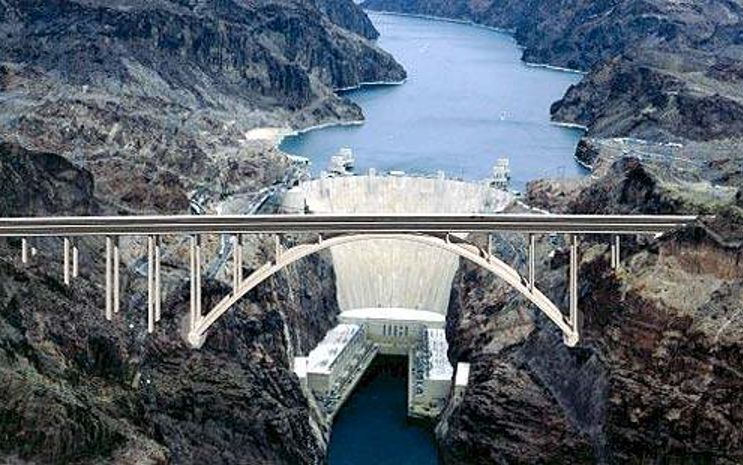A new approach to provide Discharge Indices for managing Reservoir Sediments using Magnitude-Frequency Analysis
Updated on: April 27, 2024

The present situation in India and the world represents a challenge to our ability to reconsider the planning of dams to maintain reservoir capacity while reducing the environmental effects of dams. This is due to two reasons: (i) the inadequacy of feasible dam sites and (ii) to ensure the uninterrupted flow of sediment transport within rivers. The availability of sediments in downstream reaches is essential for channel form and aquatic habitats. Dams can be engineered to effectively release a substantial portion of their sediment load, utilizing reservoir storage capacity as a renewable asset. The management of dams and reservoirs can yield significantly positive implications for the future sustainability of water supply and hydroelectric power generation. Thus, there is a need to use discharge indices that are responsible for transporting sediments of a known quantity. This will also help maintain sediment continuity in a river over a longer time.
Analyzing the magnitude and frequency of sediment transport in rivers, known as MFA, holds broad scientific and managerial significance as it directly impacts channel morphology, water quality, aquatic ecosystems, and the design of channel restoration projects. It provides a mathematical framework for the estimation of discharge indices. Discharge indices especially fraction-load discharge provide the idea of discharge that will transport or carry the known fraction of sediments over a longer period. These indices are calculated based on the MFA and there is a major assumption regarding the use of location-specific probability distribution of discharge. I have tried to overcome the limitation and provided a more consistent and reliable approach for the determination of these indices. A novel mathematical approach based on Box-Cox transformation was developed by me to estimate discharge indices. Estimates of these indices for the rising stage and falling stage of discharge data will help the dam management to minimize sedimentation in the reservoir. In the case of commonly observed clockwise hysteresis for a river, the rising stage of discharge data will carry more sediments in comparison to falling stage data (which can be considered as clear water) for the same magnitude of discharge. In the case of anticlockwise hysteresis, the falling stage of discharge data will carry more sediments in comparison to the rising stage data. The class of hysteresis for a catchment is determined based on the relationship between sediment concentration and discharge data. Thus, depending upon the presence of a class of hysteresis in a catchment, we can make use of discharge indices based on the stage tendency of discharge data.
There are also numerous established methods for diverting sediment around or through the reservoir to maintain its capacity and mitigate downstream effects (e.g., sediment bypassing and sluicing). For such techniques, a reliable prediction of discharge indices is requisite which carries a higher concentration of sediments as in the case of the rising stage for clockwise hysteresis. Such magnitude of discharge can be diverted or released and clear water can be stored. Hence, reliable prediction of discharge indices considering rising and falling stages will be helpful to minimize sedimentation and maintain sediment continuity in rivers.
Written by:
Dr. Shobhit Maheshwari
Assistant Professor
FEAT (CE), SGT University

